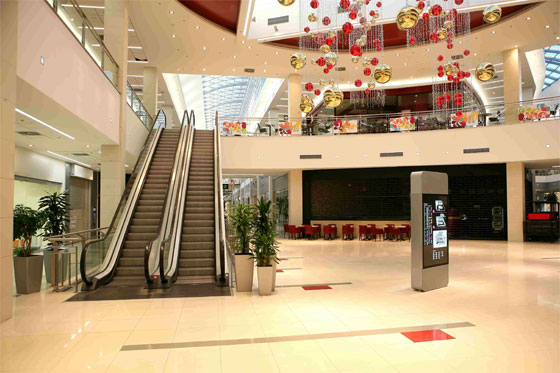Designing Retail Space with Revit Architecture
Tweet
Revit Architecture, a main Autodesk programming, is utilized for physical retail space representation by displaying practical materials, hues, surfaces, and shapes. This splendid apparatus empowers retailers and different organizations to mimic how customers would interface with space.
This can come across key formats, including Grid, Loop, Free-Flow, and Herringbone, which are picked relying upon course ways, limited time things, progress zones, and then some. Alongside this, with various structure highlights, Revit in retail assists with each aspect of room arranging and is a demonstrated instrument for draftsmen, fashioners, and retailers.
Revit Architecture in the Retail Space Planning Process
With regards to how to utilize retail space arranging, designers lean toward Revit Architecture in light of the simplicity of making 3D models and its natural way to deal with the space arranging process, for example, characterizing the spaces, putting dividers and ways, embeddings installations adjusting to the floor plan.
It additionally gives consistency and synchronization all through the undertaking structure, for example, if a retailer chooses to change the format, explicit spaces can be powerfully altered by transforming at least one component. For example, if a whole divider is expelled, the divider's lighting installations will likewise be erased.
Key component stacked advantages of Revit Architecture that makes this a most loved of draftsmen and originators for Revit architecture structure and space arranging:
Highlights to make net structure questions inside the model Architects can consequently make net structure protests inside specific structure levels, for example, outside dividers, and effortlessly set them as explicit limits. This improves precision in changing over true measurements and development into the structure procedure.
Permits consideration of building objects inside the model When making models of real structures, similar to a retail store, planners can give real attributes of building objects and change how those articles associate with each other.
Highlights, for example, a lift, entryway, or elevator with moving parts that rely upon spatial elements to work appropriately and require an unhampered position, can be precisely mimicked and conceptualized.
Away from the arrangement by including zone parameters Architects can show explicit zones, areas, or rooms inside the format structure, which can be obviously stamped, for example, urban arranging, architecture, or structural designing. The qualities are likewise consequently balanced or created when another territory is added to space, for right zone conspires that will effectively mean true situations.
Shading coding with segment legends A shading coded legend can be made to all the more likely characterize parameters, similar to offices, inside the retail store design. This further helps groups of draftsmen remain facilitated during configuration and gives a justifiable visual arrangement when introducing structures to the retail business for audit or input.
Zone planning for measuring space assignments Enables data to be naturally made, oversaw, and labeled by level, border, or zone type. The planning angle decreases time spent changing physical properties during the structure procedure and rapidly checks model exactness.
Making of parametric heights An efficient advantage that permits configuration perspectives to happen as the drawing occurs, contrasted with customary CAD techniques where rises must be created without any preparation and moved from the arrangement sees.
With an auxiliary establishment put on a height, for instance, the parameters can likewise be appeared in the establishment plan for extra proficiency.
Requesting plans inside close time spans Architects can construct, distribute, and share explicit structure segments inside minutes contrasted with conventional 2D CAD forms, which require upwards of a large portion of a day. For instance, a mind boggling window plan that requires an area not effectively secured by a sheet set can be quickly tended to.
Features Making Revit Architecture a Great Tool for Architectural Design
Revit Architecture has some extraordinary highlights that smooth out the structure work process, giving an increasingly natural way to deal with space design that upgrades proficiency and requests less exertion to execute.
1. Shading coded foundations Design components and format subtleties can be redone through shading coding rather than high contrast, for simpler survey.
2. VR or 3D sees Layouts can be seen in consequently rendered augmented simulation (VR) or 3D, giving a vivid, snappy structure understanding.
3. Library of parametric articles Extensive inventory of building items to recreate sensible development, for example, tables, paths, or cement.
4. Simpler cooperation Offers a solitary wellspring of truth for structure colleagues, combines data, encouraging smooth out coordination across groups.
5. Mechanized BOQ Bill of amounts (BOQ) is consequently created so numerous development thing request positions, for instance, are composed inside a similar show.
6. Plugs-in for development organizes Numerous supportive modules for manufacture, planning, basic building, and other task stages oblige forte structures.

Gallery
Feel free to contact us for BIM requirements. One of our representative will respond you within 24 Hours. Send us your projects requirement today and grow your project.
Explore More !







